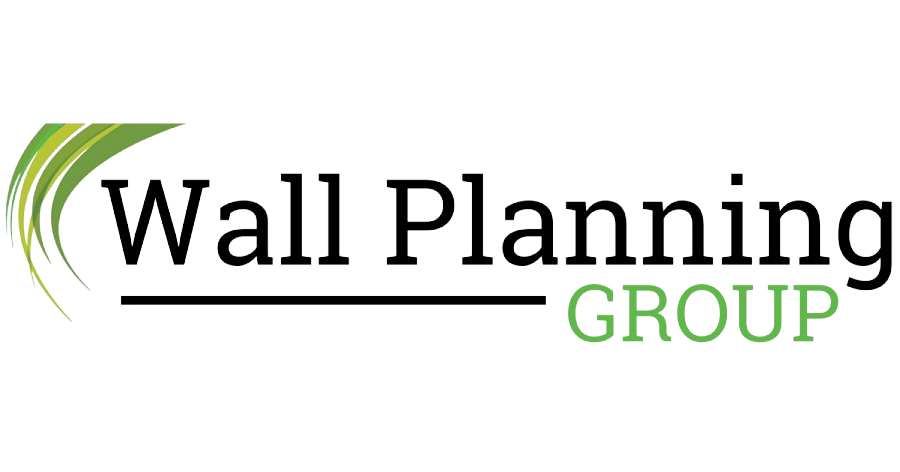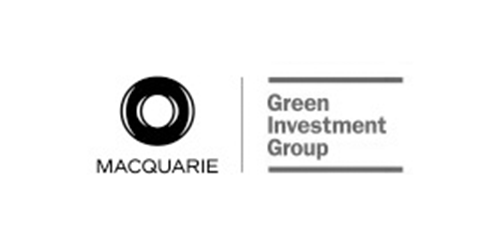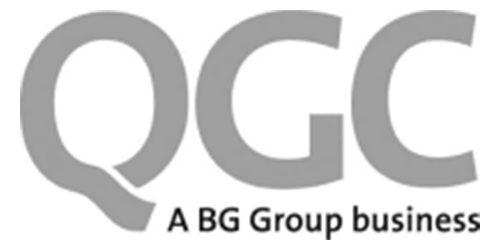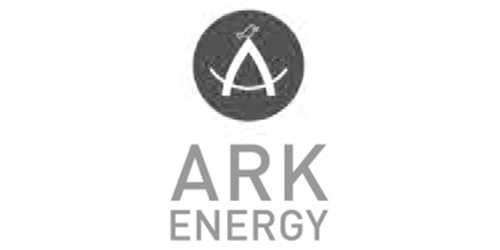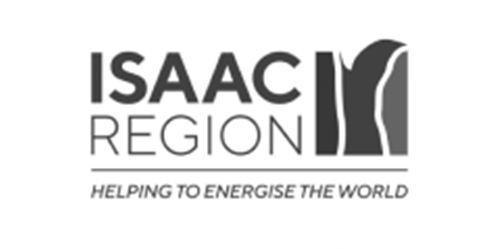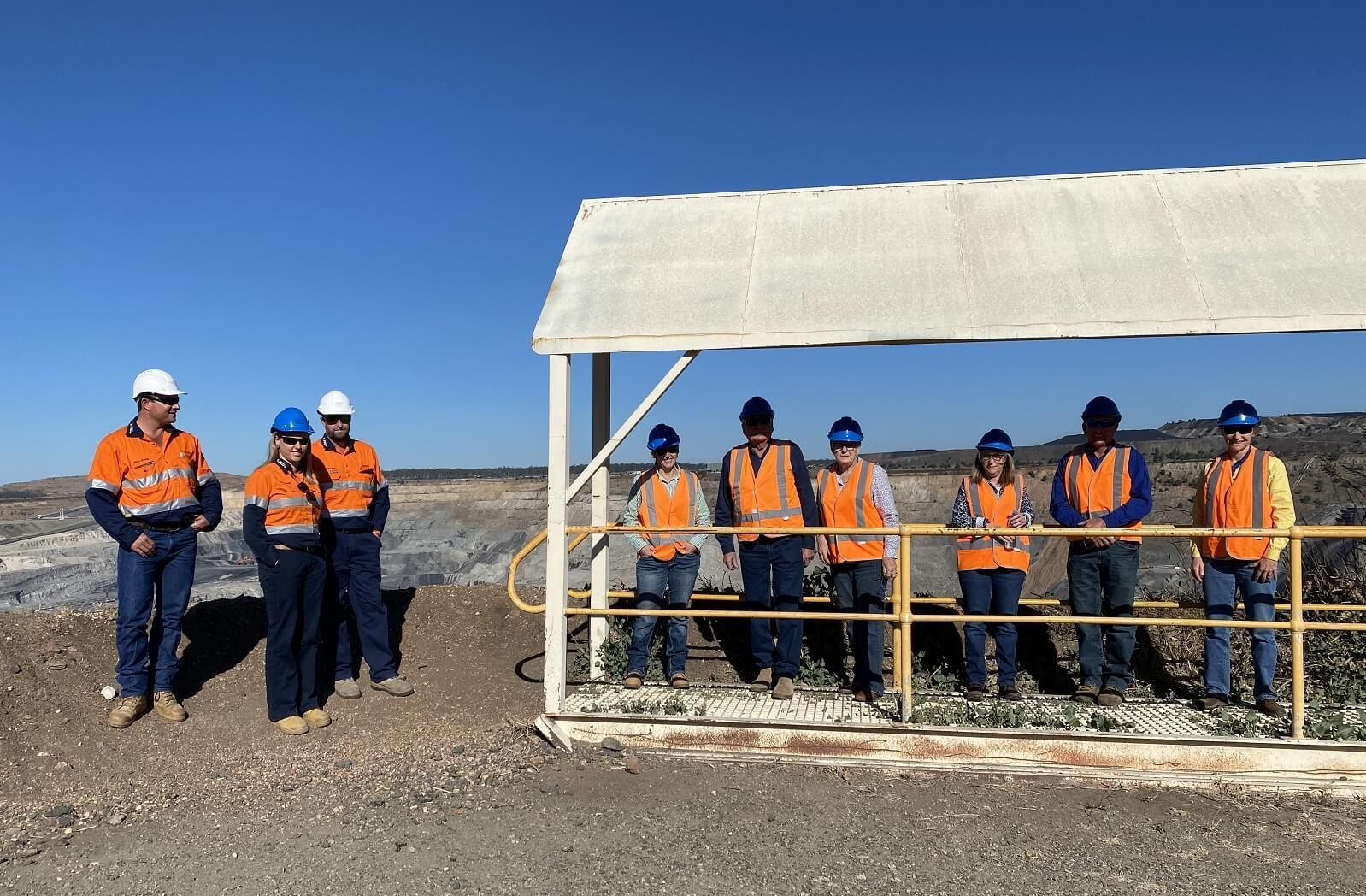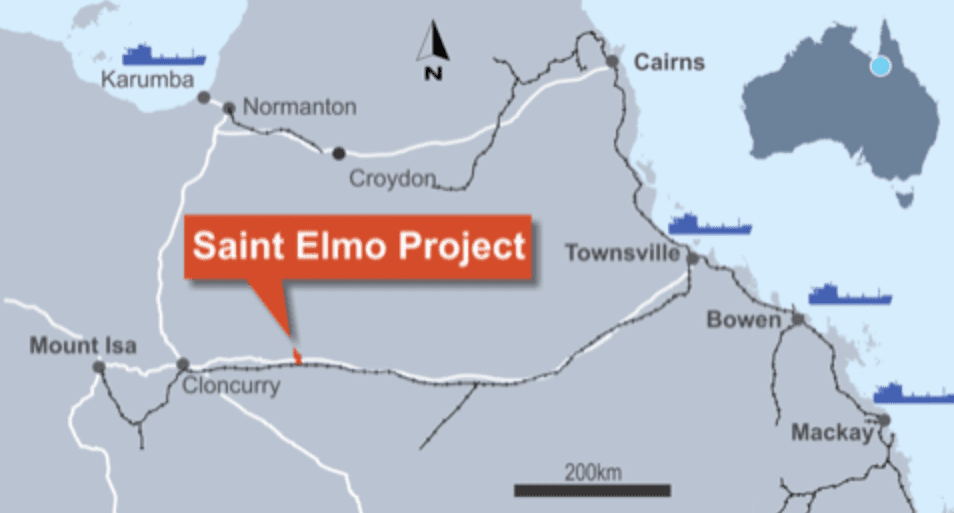Stakeholder & Community Engagement
Effective engagement requires communication & collaborations
Are you completing a major project and want A master plan to manage project risk?
Need Quality Stakeholder or Community engagement for your project?
Is misinformation and public perception negatively impacting your project YOUR project
Wall Planning Group effectively facilitates communication between industry and community to build positive relationships and successful projects.
WPG provides expert community and stakeholder engagement services to identify concerns, reduce negative impacts, minimise risk, encourage collaborative decision-making, and build positive relationships that ultimately strengthen the success of a project.
Our approach to community and stakeholder engagement is multi-faceted, gathering critical data through surveys and online interactions whilst getting to the real nitty gritty details through face to face interactive sessions.
When do you need Stakeholder & Community Engagement?
Stakeholder and community engagement is often required for major projects in the resource, energy, and property sectors.
Community engagement should include the representation of:
- Aboriginal and Torres Strait Islanders
- The young and old
- People with disabilities
- People from culturally and linguistically diverse backgrounds
Stakeholder engagement may include participation from:
- Local council and regional organisations
- Businesses and local Chambers of Commerce
- Elected members
- Government departments
- Regulatory agencies
- Public authorities
- Indigenous groups and those with cultural or heritage interests
- Peak bodies, community and advocacy groups
- Utility companies
- Environmental organisations
What is the
purpose
of
Community Engagement?
- Provide the stakeholders and community with opportunity to have their say
- Manage potential risk
- Understand concerns about environmental, economic or social matters that may arise from the project now and in the future
- Any local knowledge that needs to be taken into consideration during the planning, delivery and execution phases
- Most appropriate engagement design and methods for the project
- Any benefits or opportunities to the community
Providing effective Community & Stakeholder Engagement Services
Based on the project parameters and community demographics, WPG work collaboratively to identify the best methods of communication given the restraints of time, budget and distance.
WPG can implement, manage and monitor the following:
Online
Website/webpages, Webinars, Forums, Surveys
In Person
Briefings, Information sessions, Public meetings, Workshops
Media
Newsletters, Traditional, Social, Video
How We Help
The process for effective stakeholder management
Successful engagement requires capacity, skills, and experience to gain a deep understanding of the issues and to seek to manage project risk.
WPG’s role is to provide the following information:
COMMUNICATE
Open and honest communication to identify the open, unspoken and deep-seated issues with the project that may cause disagreements. Explore options for resolution.
Identify
Identify problems and opportunities, the rationale behind the project, and any policies that may affect the project planning or delivery.
Feedback
Open discussions with all stakeholders to identify how they can best provide feedback at each stage of the project.
Building meaningful relationships with Your Project’s Stakeholders
Founded in 1984 by University of Virginia professor Edward Freeman, stakeholder engagement refers to the process whereby companies communicate with their stakeholders to better understand their wants, needs, and values. Here at Wall Planning & Environmental Consulting, we work with our clients and their stakeholders to help them develop meaningful and effective relationships to increase a project’s success. Want to learn how it all works? Read on to find out more about community engagement strategies.
The Five Levels Of Stakeholder Engagement
Stakeholder engagement is pivotal to any project. But it’s more than just reaching out to the community and telling them your plans for town improvement. You should consider several things when communicating with your stakeholders, but first, you should understand the basics. There are five levels of stakeholders engagement. They are as follows:
- Unaware. Unaware stakeholders are those in the community who don’t know about the project, its impact, or potential.
- Resistant. A resistant stakeholder is opposed to any upcoming change.
- Neutral. This type of stakeholder does not resist nor do they support the proposed plan. Instead, they tend to allow changes to happen without opinion or fuss.
- Supportive. Completely aware of the project and its potential, supportive stakeholders will give town plans the green light.
- Leading. Leading stakeholders are the most involved, offering support to assist in the project’s success where they can.
A successful town planning project will clearly identify stakeholders and indicate under which of these five categories they fall.
Why A Stakeholder Engagement Plan Is Crucial To A Successful Build
If you want to complete your project with as few hiccups as possible, you must get your stakeholders on the same page. That’s where the drafting and implementation of a stakeholder engagement plan come in. Stakeholder engagement in project management remains one of the most important steps in town planning, as those affected can make or break your proposal. Did you know that a plan for community engagement:
- Builds trust. Being upfront about your intentions tells the community that you are honest. Additionally, transparency allows stakeholders to make informed decisions about your upcoming project. You can’t please everyone, so there’s no point in withholding information. (Remember the five levels of stakeholder engagement?)
- Provides accountability. You know the stakeholders, and they know you. Or at least they will once you’ve completed a stakeholder engagement plan. Introducing yourself and your project to the community keeps you accountable, meaning you’ll be more determined to complete your project andkeep your stakeholders happy.
- Risk management. Project stakeholder engagement plans allow you to identify potential risks that may arise at any time during the implementation of your project. Recognising these risks means you can plan for them, offering alternative courses of action to counter any roadblocks.
- Creates sustainable change. You don’t want to fall off course. A stakeholder engagement plan assures open communication and enables you to move forward efficiently and with ease.
- Helps you to accommodate the community better. One of the best parts of a stakeholder engagement strategy is allowing those affected (whether in favour or opposed) to contribute their concerns. This promotes an overarching shared vision which can help inform the final outcome.
- Brings in knowledge and understanding.
- Knowledge is power (or something to that effect). Collating a comprehensive plan means you can better understand the community’s needs and create more effective long-term strategies.
Tips for Effectively Engaging with Your Project's Stakeholders
You’ve successfully identified and outlined your key stakeholders, so now it’s time to start a conversation. To help you do that, our team has put together a few tips for you to utilise for effective stakeholder engagement. We recommend:
- Listening to your stakeholders, no matter which level they fall under.
- Venturing to understand your stakeholders’ needs.
- Managing their expectations and making realistic commitments.
- Encouraging stakeholders to talk to each other.
- Keeping regular contact via newsletters, email, mail, text message, etc.
- Ask for their input and feedback. This can be conducted using surveys, questionnaires, interviews, etc.
If You need Assistance with
Community Engagement Services, the
Specialists At Wall Planning Group Can HelP
For over 10 years, Wall Planning Group has been providing quality community engagement services throughout the Central Queensland region. We’re renowned for our honesty, integrity, reliability and extensive industry knowledge. We’re proud to provide unrivalled stakeholder engagement solutions while refusing to compromise on quality. If you’re in the resources, property, energy, or government sector and on the lookout for a multi-disciplinary business that can help with your next property, infrastructure or community project,
contact Wall Planning Group today for their input and feedback. This can be conducted using surveys, questionnaires, interviews, etc.
Looking for advice on stakeholder and community engagement? Speak with one of our experienced consultants today.
Frequently Asked Questions
What strategies can be employed for effective stakeholder-community engagement?
Effective stakeholder-community engagement strategies encompass building positive relationships, establishing clear communication channels, actively involving stakeholders in decision-making processes, providing regular updates and feedback, and addressing stakeholders' concerns and interests.
How important is stakeholder-community engagement in project management?
Stakeholder-community engagement is crucial in project management as it ensures that projects are aligned with the community's needs, values, and aspirations. Engaging stakeholders and the community throughout the project lifecycle facilitates informed decision-making, minimises risks, and fosters cooperation. Consulting stakeholders and community members also helps identify potential challenges, opportunities, and policy considerations that may affect the project. Stakeholder-community engagement is a key aspect of successful project management, and consulting firms often provide expertise in this area.
What is the difference between community engagement and stakeholder engagement?
Community engagement involves including community members in decision-making processes, whilst stakeholder engagement encompasses engaging with individuals or groups who have an interest or stake in a project. While community engagement focuses on the broader community, stakeholder engagement targets specific individuals or groups who may be directly or indirectly affected by the project. Both community and stakeholder engagement are essential for effective decision-making and project success.
What are the potential benefits of involving stakeholders in community engagement initiatives?
Involving stakeholders in community engagement initiatives brings several potential benefits. Stakeholders provide valuable insights, expertise, and diverse perspectives that can inform decision-making processes. Engaging stakeholders fosters a sense of ownership, collaboration, and shared responsibility, leading to more sustainable and impactful outcomes. By involving stakeholders, community engagement initiatives can gain credibility, support, and resources. Stakeholders also contribute to the identification of potential risks, challenges, and opportunities, enabling project managers to make more informed decisions.
In what ways can stakeholder-community engagement contribute to sustainable development goals?
Stakeholder-community engagement contributes to sustainable development goals by ensuring that projects are aligned with the principles of social, economic, and environmental sustainability. Engaging stakeholders and the community helps in identifying and addressing social inequalities, minimising negative environmental impacts, and fostering economic development that benefits the community. By actively involving stakeholders in decision-making processes, project managers can ensure that sustainable development goals are integrated into project planning, implementation, and evaluation. Stakeholder-community engagement plays a crucial role in achieving sustainable development on both local and global scales.
